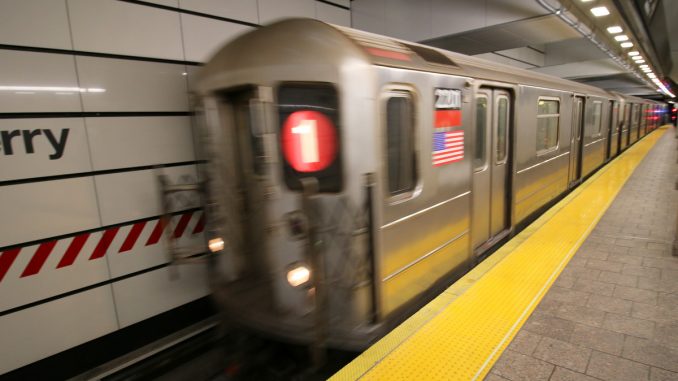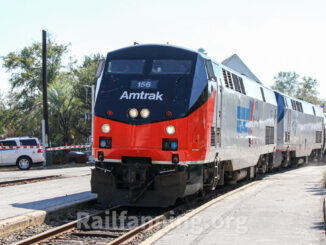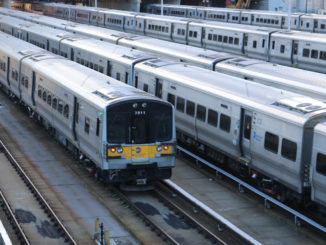
(The Center Square) – A report issued earlier this week by New York State Comptroller Thomas DiNapoli said that the Metropolitan Transportation Authority has avoided “fiscal disaster” from the COVID-19 pandemic. However, the state-run agency still faces a precarious future.
Federal aid helped keep the nation’s largest mass transit network viable as the coronavirus hammered the New York City region it serves. More federal funding – which would come from passage of the $3.5 trillion infrastructure bill – would help keep the MTA from going off the rails, DiNapoli said.
“The MTA is the engine that drives New York City’s economy, and it is running on borrowed time,” DiNapoli said. “It has so far survived the worst crisis in its history by covering budgets with massive federal aid. The MTA and its funding partners face tough choices on challenges that can turn into emergencies if not dealt with promptly.”
COVID isn’t the only disaster the transit authority has had to endure. In late August, an electrical grid failure shut down half of the city’s subway lines for hours on a Sunday night. Then, just days later, flooding caused by the remnants of Hurricane Ida forced another closure.
Further, should Congress fail to pass the infrastructure bill or the agency strikeout in finding more revenue, MTA leaders may have to cut spending by nearly $3 billion.
The report indicates there are additional reasons to be worried about the MTA’s future. If workers choose to continue telecommuting instead of taking the subway or catching a bus, the agency could face a loss of up to $500 million in revenue. Even if straphangers return, understaffing in critical operational and maintenance roles has led to a decline in service over the past year.
DiNapoli noted the agency has plans to close more than $16 billion in budget deficits through 2025 with the help of $10.5 billion in federal funding. However, as it uses that one-time allocation to shore up its finances, the comptroller noted that the MTA’s spending still is on pace for annual increases of greater than 4%, a rate higher than inflation projections.
A plan to add a congestion surcharge for people driving into the New York City central business district could have a double impact on the authority. First, the increased costs associated with driving could lead to more people taking buses and trains. Second, the increased tolls from peak usage hours are expected to generate more than $1 billion in annual revenue. However, that money isn’t expected to start flowing in until 2023.
In the report, DiNapoli said authority executives need to re-evaluate capital needs in a manner that will help get more riders back on board. As it stands now, the MTA believes ridership will be between 82% to 91% of pre-COVID levels by 2025.
He noted the authority is considering some cost-cutting to account for the reduced ridership. However, it’s uncertain what impact that would have on riders’ use.
In a statement to The Center Square, MTA Spokesperson Aaron Donovan said forecasting when riders come back on board is a difficult science. However, “as revenue levels emerge and stabilize, all stakeholders will need to evaluate strategies to address the deficit created by COVID’s impact on MTA farebox revenues. For its part, the MTA will continue to identify cost efficiencies while aligning service to meet public needs.”




